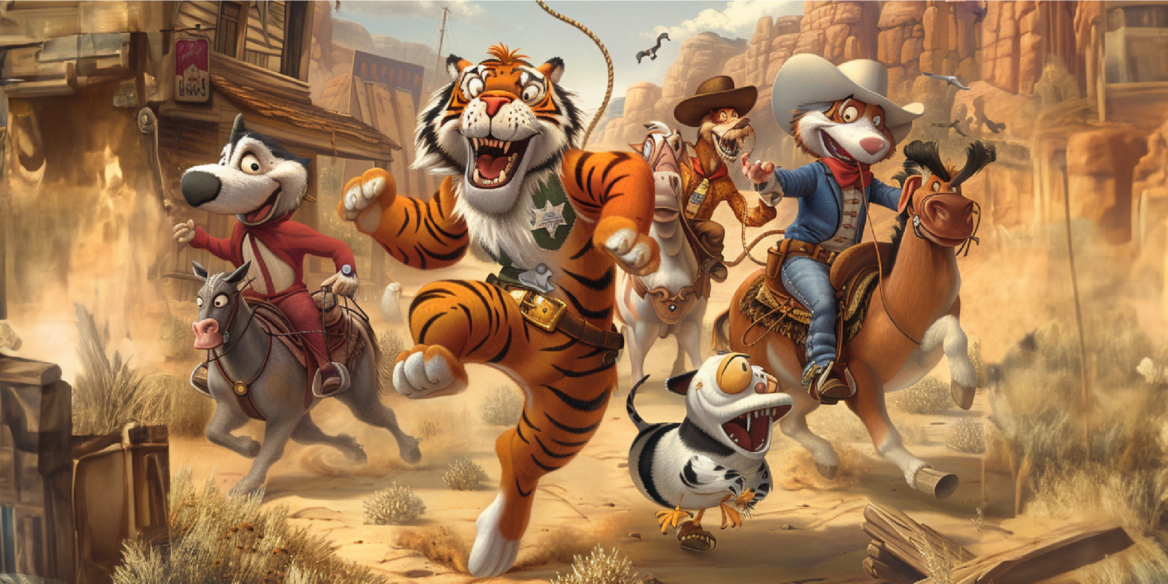Nov 7, 2023
The recent explosion of AI has creative agencies focused in a way that I have rarely seen before. The fear that technology could replace us is real, but only if we allow it to. For us, AI is an important tool, but it could never replicate the nuance that humans are able to reason and articulate. Which is why we’ve built a multi-functional agency around our Human-centric design process.
We passionately believe that brands are best built with a Human-centric process. So it’s no surprise that our approach to brand strategy and design involves everyone who touches the brand – customer, client, agency, retailer and other relevant partners. Human-centric design is a strategic approach to brand-building that puts humans-first and focuses microscopically on the needs, wants and emotions of people. It goes deeper than conventional brand work such as positioning, logo or taglines and dives into nuance that escapes a computer model.
And yet it’s definitely not an ‘Us or Them’. Technology plays a vital role in our process. It enables and provides us with tools like data and measurement in quantities and scope that feeds this process and would be impossible by mere mortals! But without real humans reading, challenging and recognizing the gaps, flaws and opportunities, the data falls flat, and so does the brand.
In order to successfully implement this “by humans for humans” approach, we place a great deal of emphasis on these critical building-blocks.
- Deep Consumer Understanding:
For human-centric brand work, the agency has to be in 24/7 discovery mode with consumers. It can be through cultural reconnaissance, social listening, conversations with creative consumers, ethnographies, or simply good old online research. Consumers become partners in the process, and not someone you talk to once and move on from. A regular dialogue allows brands to evolve along with consumers. - Compelling Brand Storytelling:
Historically, the human connection with stories is real, deep and universal. It’s a life-long connection and every time we present brand ideas to consumers, it’s often in the story where the magic is found. Stories are a powerful medium to connect with people on an emotional level. And Irrespective of the platform or the medium, storytelling is a pivotal force in building human relationships. - Building a Tribe:
We’re social animals by nature who gravitate to communities, whether they be households, friend groups, social circles or a widely distributed network. In all of the above, the brand opportunity to create, communicate and collaborate is similarly important. Consumers, especially emerging consumers, look for relationships with brands beyond just transactions – they support, elevate and share brands that understand their values and provide a sense of authenticity. Operating with a human-centric approach based around common community ground is key to building this groundswell of support.
For brands who adopt our “by humans for humans” approach, the benefits are multifold and cumulative. The start of the pathway is deeper knowledge of their consumer which leads to greater brand differentiation that results in stronger, longer relationships that increase consumer loyalty that in turn drive growth and profitability. It’s a very real value-chain and consumer currency.
And as technology advances, it actually creates a greater need for human connection. Brands that work harder on being more human, more of the time. More human through making more meaningful connections with consumers. More human by collaborating more with other humans. And more human through building deeper and longer-lasting relationships will be the brands that continue to be relevant and thrive.



